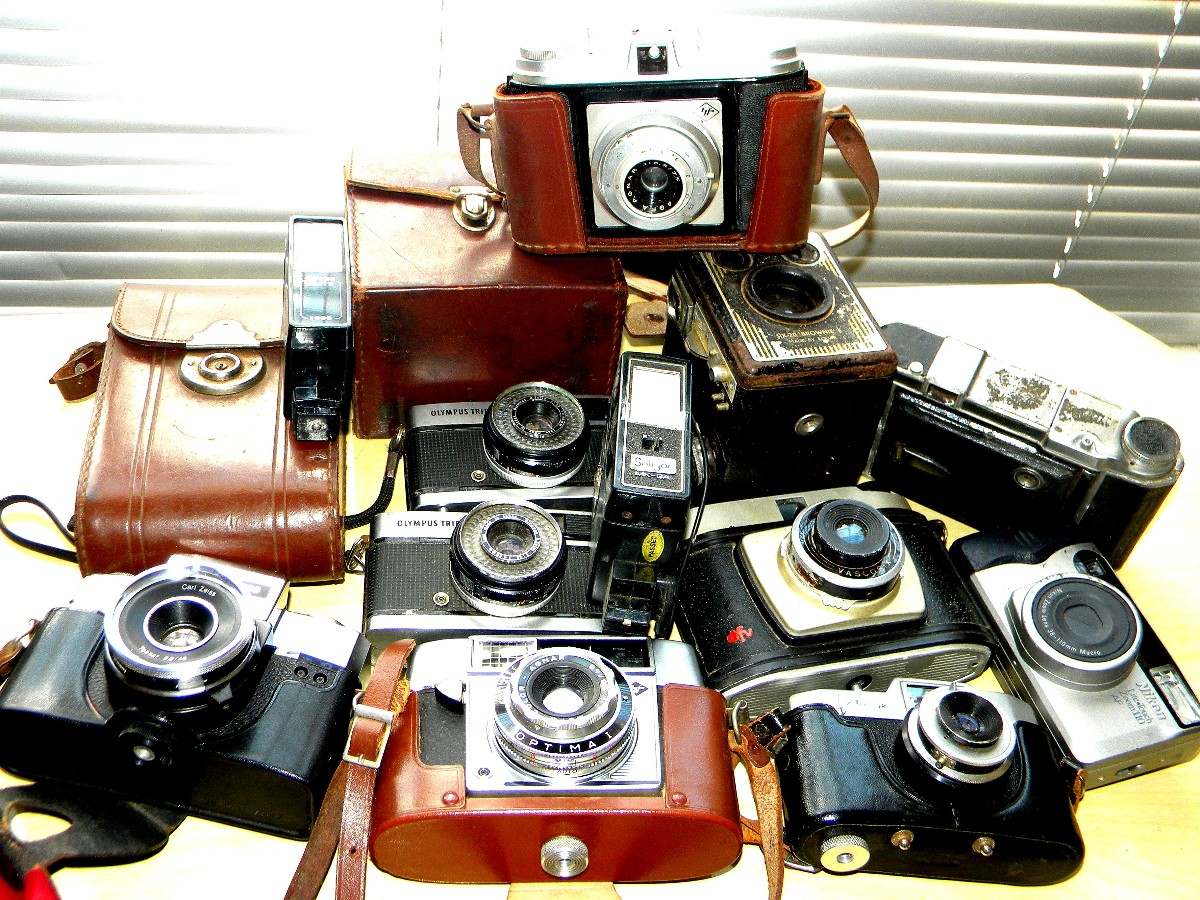Professional photographers are tired of hearing some myths about photography and their work; beginners are frightened by the theories told about the trade, or simply photographing as a hobby; myths are in all areas of photography: better and worse equipment, resolution and quality, labor market?The Emania blog will help you discover and disprove theories that are not necessarily true.
The tendency is for photographed people to get more tense at the start of the rehearsal, however, this story that the best photos always come out at the end of filming, when they are more relaxed, is not necessarily true and is considered one of the most important. myths about photography.
- To have a positive result from start to finish.
- The photographer must have a good photo session.
- Preferably talk to the people to be photographed.
- Create a pleasant and friendly atmosphere at the beginning.
- In the middle and at the end of the photo session.
- The calm and comfortable environment will be a touch of the direction of the professional with whom you play.
Perhaps one of the biggest myths about photography is that it says Canon is better than Nikon and vice versa. The Emania blog has already helped you unravel this mystery, remember?Review the story: Canon or Nikon?Which professional camera to choose?
In fact, the differences in photo quality, price, accessories and manual options are very small between one camera and another and the final image result changes little.
Contrary to what many people think, it is not the number of megapixels that determines the quality of images produced by a camera. A professional camera can have the same amount of megapixels as an amateur compact and produce better results. Megapixel counting has been used by companies that manufacture compact cameras to sell them more, as an attraction. However, this measurement only means the maximum photo size that the camera is able to take, not its quality. What really has an impact on image quality is the camera sensor. For digital equipment, this part replaces analog films. The larger and more efficient the sensor, the better the photos. Other factors also have a direct impact on image quality, such as the lens used and manual lighting settings, for example. A simple example: a 40-megapixel camera with a faulty sensor will produce huge, poor-quality images. An 8-megapixel camera with a good sensor, on the other hand, will produce a smaller but good quality file.
Another of the recurring myths about photography is the comparison of quality between digital and analog photographs, which the latter always lose. Although the first manufactured digital cameras produced poor quality photographs, the current story is different and digital equipment, even compact ones, can provide images that match or surpass filmed photos.
Nowadays it is very easy to buy a professional camera, since the prices are more affordable than ten years ago, for example. This leads many amateur photographers to enter the workforce and, not knowing how much to charge, prices drop. Therefore, the story that these beginners accept the profession of professionals spread quickly and can be considered one of the myths about photography. Someone who does not know how to properly upload the work done, as is often the case with newbies in photography, will get hurt and sooner or later will find out by leaving the market and photographing only as a hobby. . If you are a professional photographer and you have felt a drop in client base, try to evaluate your work, if you are up to date with current demands and try to work on better results that interest your target audience. It should be remembered that the problem is not to charge low, since there are professional photographers whose target audience is low-income people and the prices are more favorable. The problem is not knowing how to manage finances.
It’s not processing and retouching after the photo shoot that will make it more or less realistic. The process before and during the photo shoot remains an edition of reality, which can be changed through framing, the time the photo is taken, equipment and techniques. As for editing after printing the photo, it is not unique to image editing software. Photographers can and can manipulate information by revealing or expanding a film, with specific techniques that require more knowledge, but are also possible to achieve, compared to Photoshop, for example.

